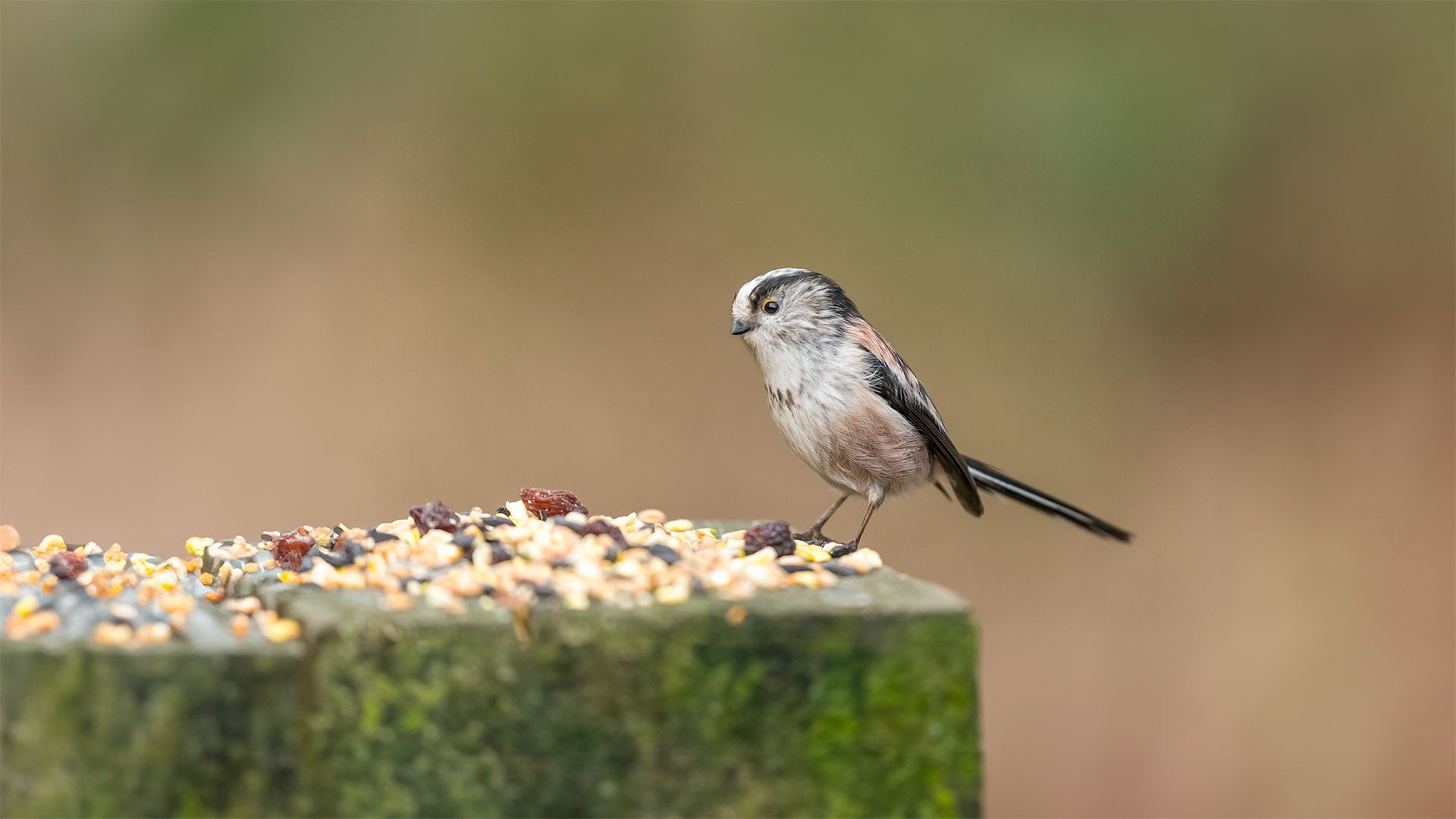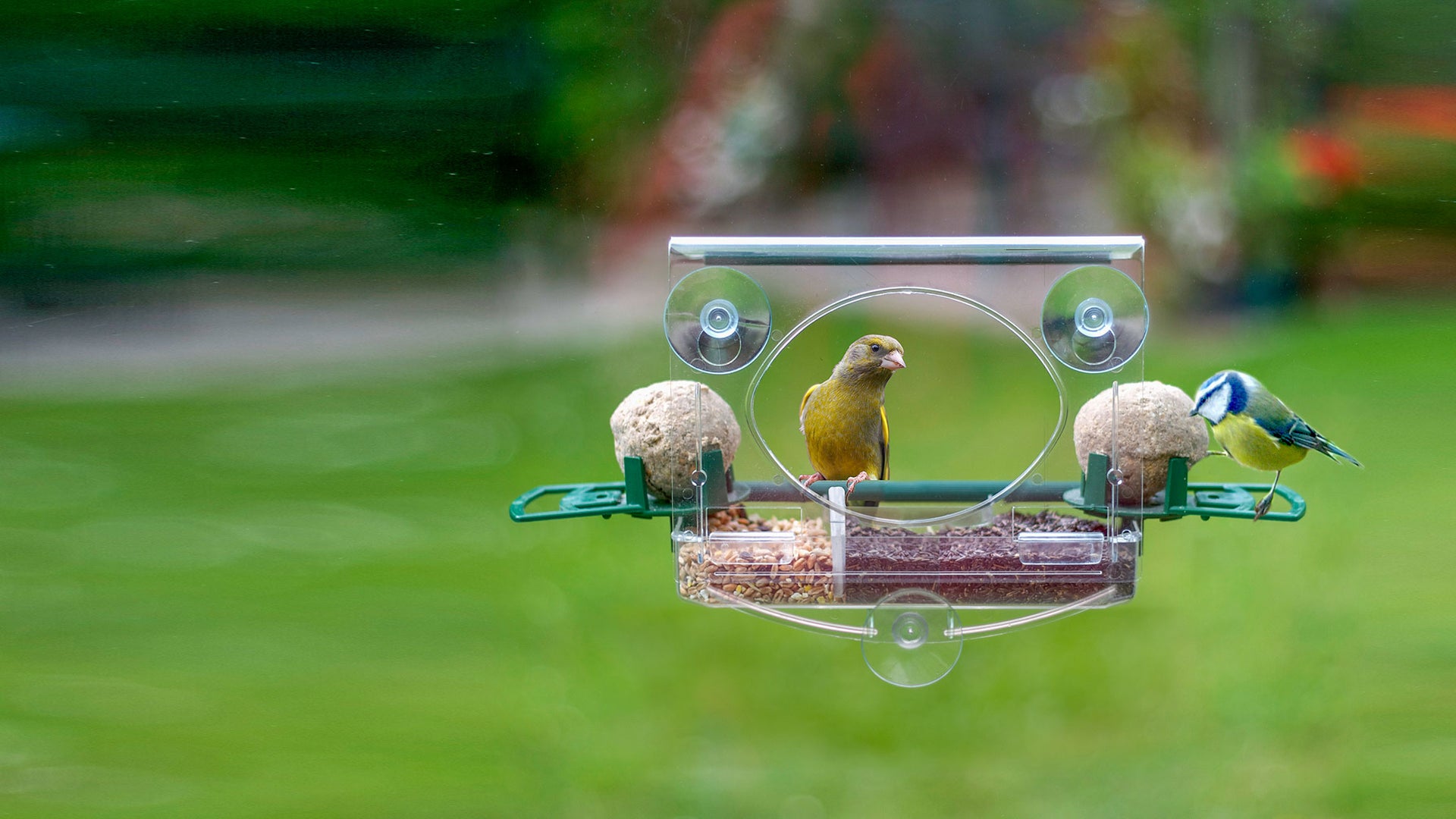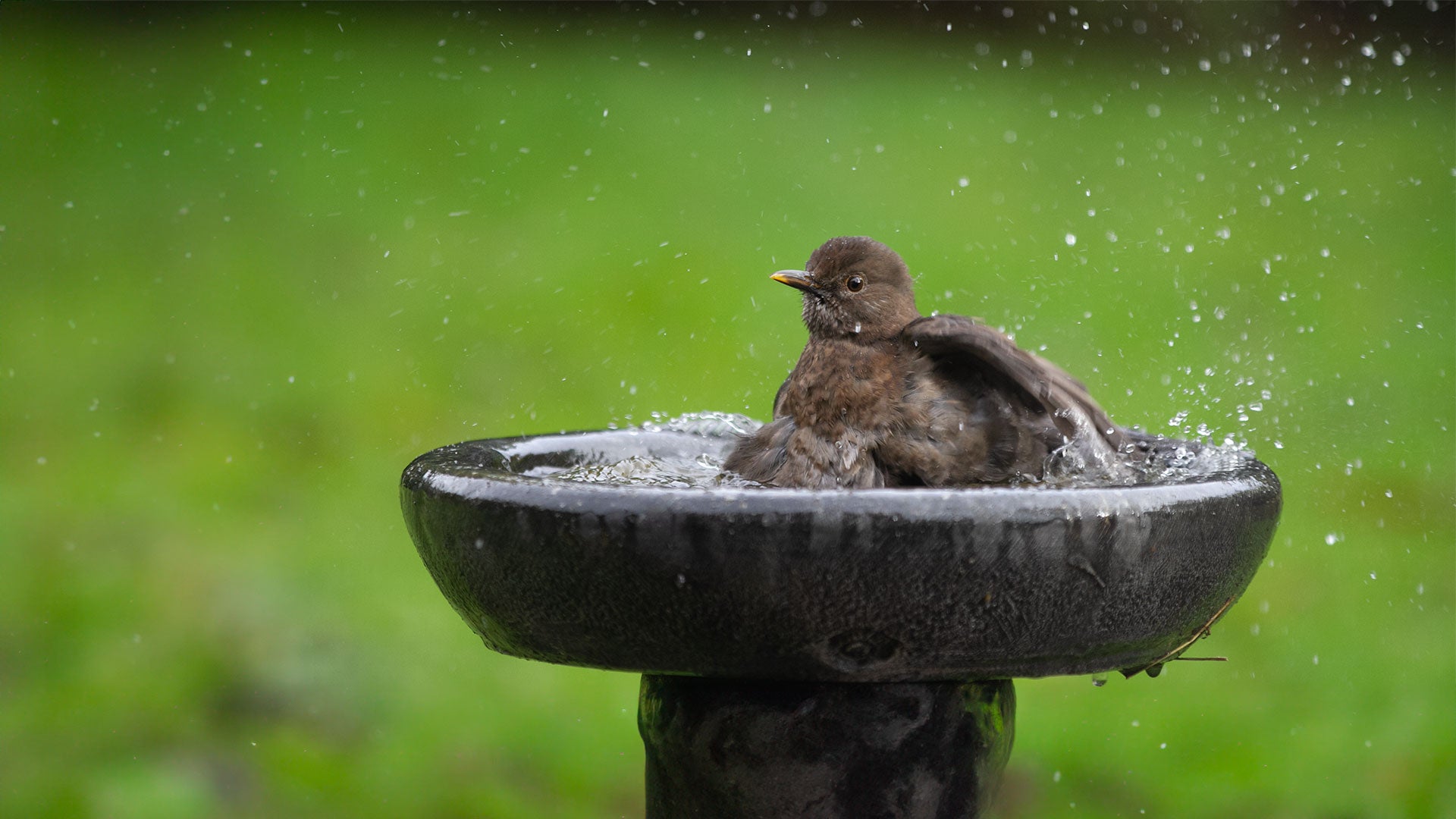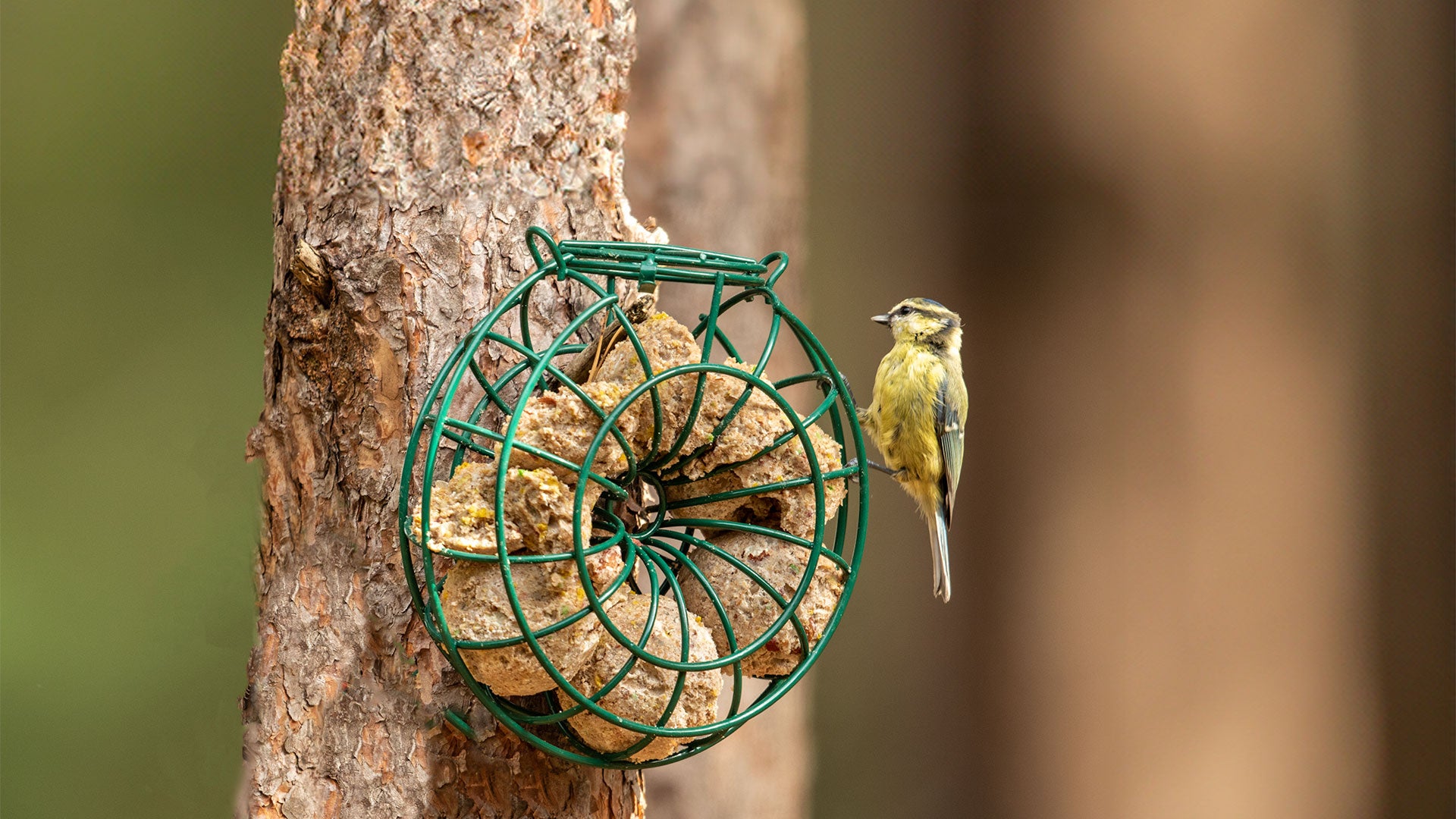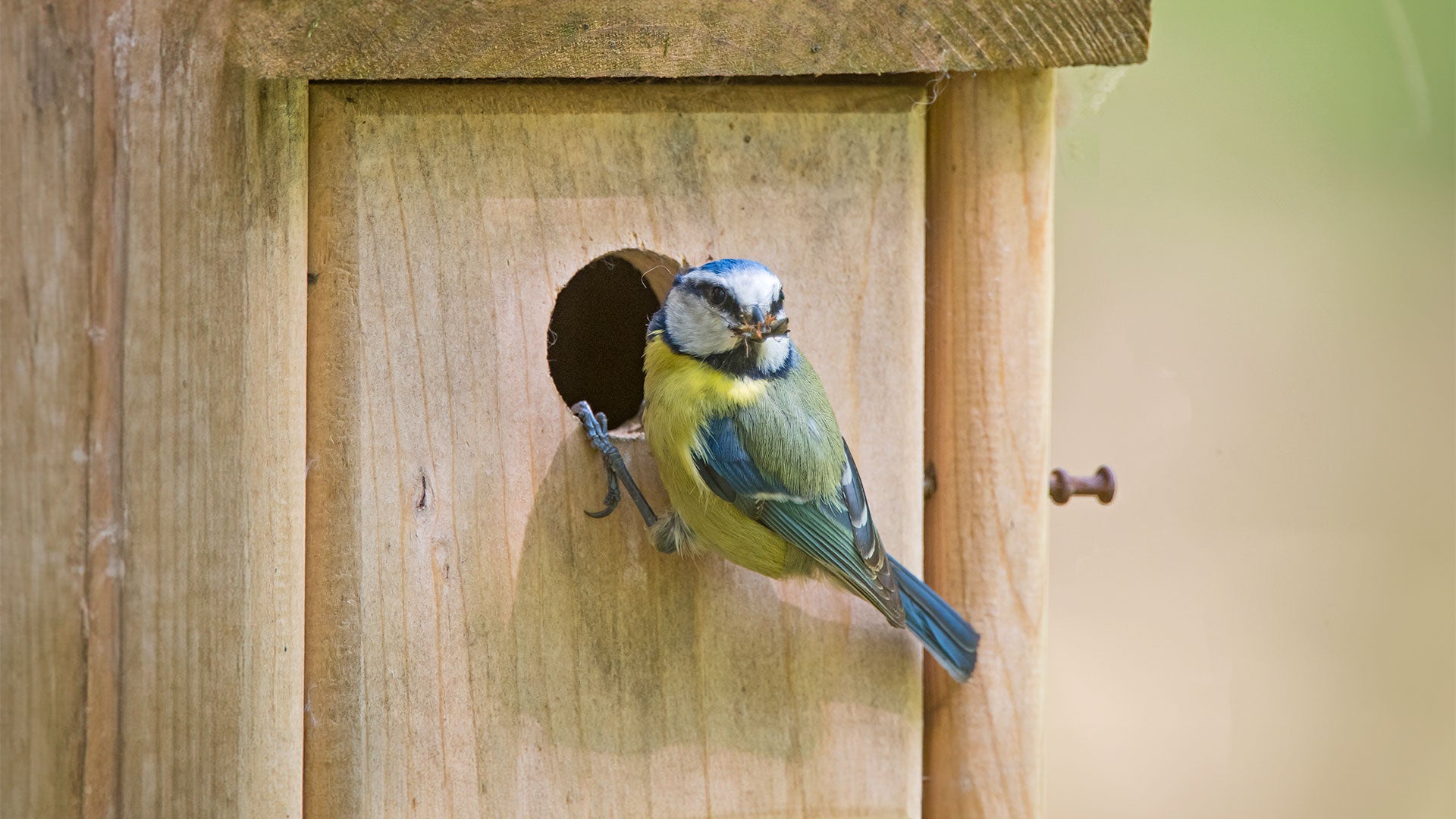Song Thrush Identification: What do song thrushes look like?
Length: 23cm.
Distinguishable from the Mistle Thrush and the Fieldfare by its smaller size, warmer colouration of the uniform brown upper parts and by its buff-orange breast and flanks, which have smaller and narrower black markings. In flight the golden-brown axillaries and under wings show. The tail is brown and lacks the white in it, like the Mistle Thrush. They have brownish tips to their wing coverts, which form two wing-bars. The youngsters have streaked upper parts, very little chestnut colouration and have no eye stripe.

Song thrush song and call
Its normal note, which is emitted in flight, is a thin ‘seep’ or ‘teek’, like the Redwing’s, but less penetrating and prolonged. They also emit a loud, clear song consisting of a series of simple but musical phrases, which are repeated three or four times from the tops of trees or bushes.
When and where do song thrushes nest?
Breeding generally starts from April onwards, although the nest my be build in March. The nest consists of a cup made of grasses and other plant materials, smoothly lined with mud. It is built by the female and contains four or five bright blue eggs, which are lightly speckled with black or reddish-brown markings. Incubation is carried out by the female for eleven to fifteen days. Both parents tend the young, which remain in the nest for twelve to fifteen days.
Song thrush habitat
The Song Thrush likes gardens, thickets, hedges, copses, and woods. Frequently present in suburban areas.
What do song thrushes eat?
Eats mainly worms, molluscs, insects, fruit and larvae.
How can you attract song thrushes to your garden?
Song thrushes like to eat from the ground, so scattering some of their favourite food in a safe area is a great way to attract some of these pretty birds into your garden. Try sprinkling some mealworms, a mealworm bird food mix or some song bird food mix on the floor and wait to see if you get any visitors!
Where to feed
Feeder – Not suitable
Table – Not suitable
Ground – Scatter food in the open

